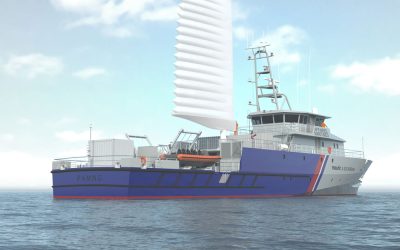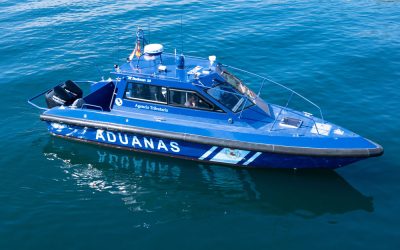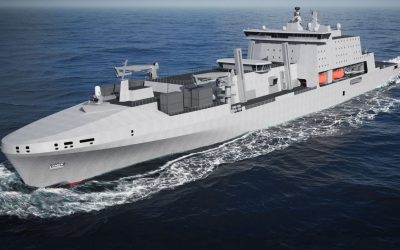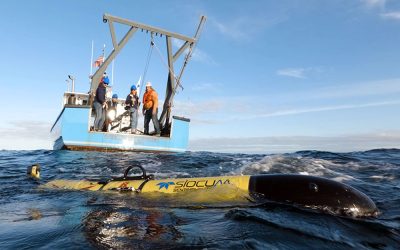The Finnish Transport Infrastructure Agency has selected Aker Arctic to design a next-generation Baltic icebreaker as part of the Winter Navigation Motorways of the Sea III (WINMOS III) project, co-financed by the EU. In addition to initial design, technical evaluation and concept comparisons, the contract includes model tests and the development of a final concept design package.
The working title for the new icebreaker design – ‘B+’– reflects its classification between the largest A-class and mid-tier B-class icebreakers in terms of vessel size and capability and an icebreaker capable of being deployed in the Bothnian Bay at the beginning of the icebreaking season when icebreaker assistance is required primarily by smaller commercial vessels. Later in the season, the new icebreaker could be relocated south to the Bothnian Sea or the Gulf of Finland, as required.
The initial design phase will include the evaluation of alternative fuels and machinery configurations. In addition, Aker Arctic will investigate the use of electrical energy storage systems to balance out fluctuating loads on the icebreaker’s propulsion system based on likely operational profiles required of a Baltic Sea assistance icebreaker.
The first phase will also include the comparison of three alternative vessel concepts in terms of performance and costs, including acquisition, in-service and maintenance costs over the lifetime of the vessel. The performance of at least two concepts will be evaluated with model tests. The final concept design package will be completed in early 2026.
Aker Arctic CEO Mika Hovilainen says the design will highlight the need for a vessel with the ability to “operate in more dynamic and fragmented ice fields”, as well as demonstrating good seakeeping characteristics and low fuel consumption in open water transit.




